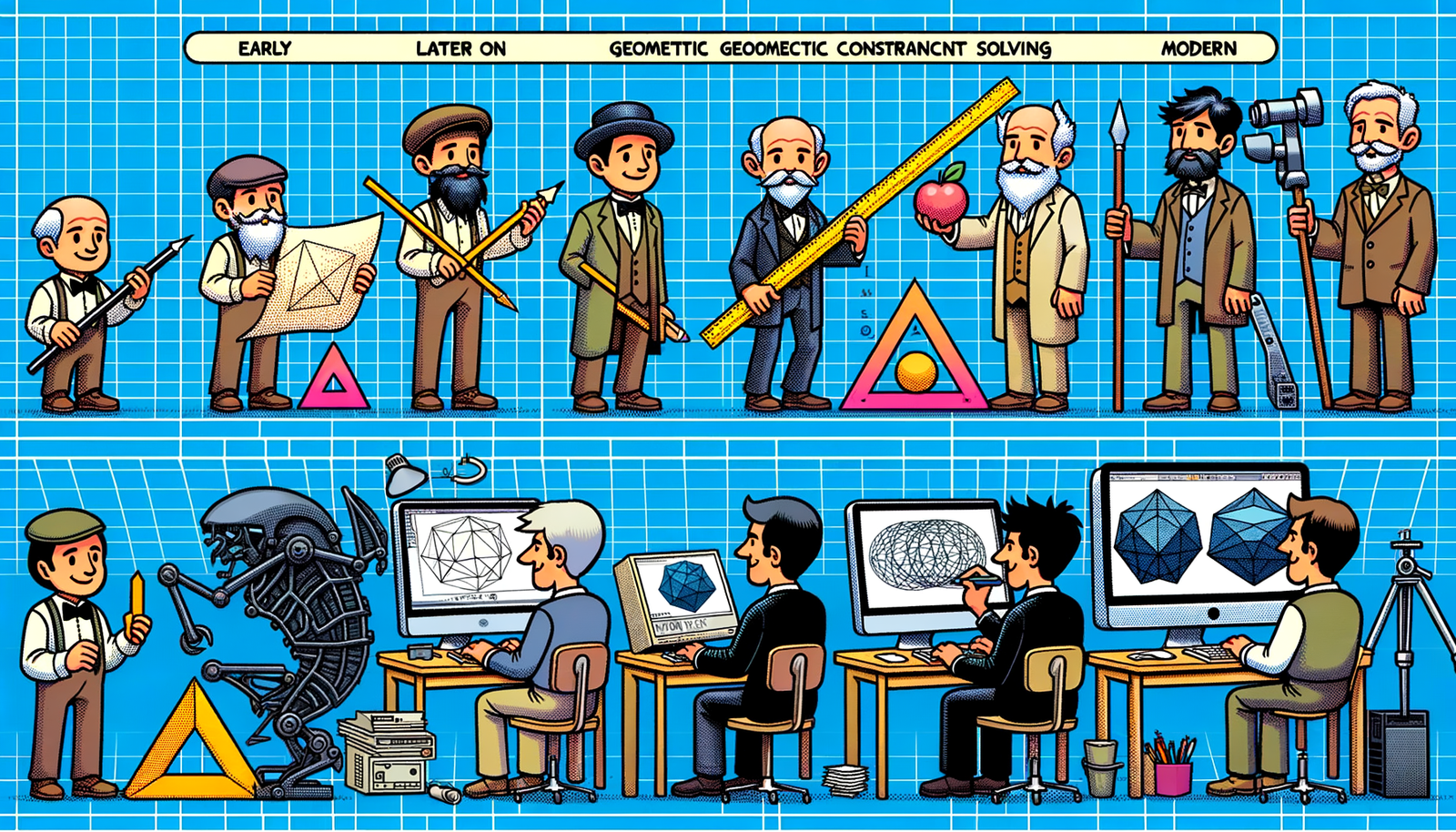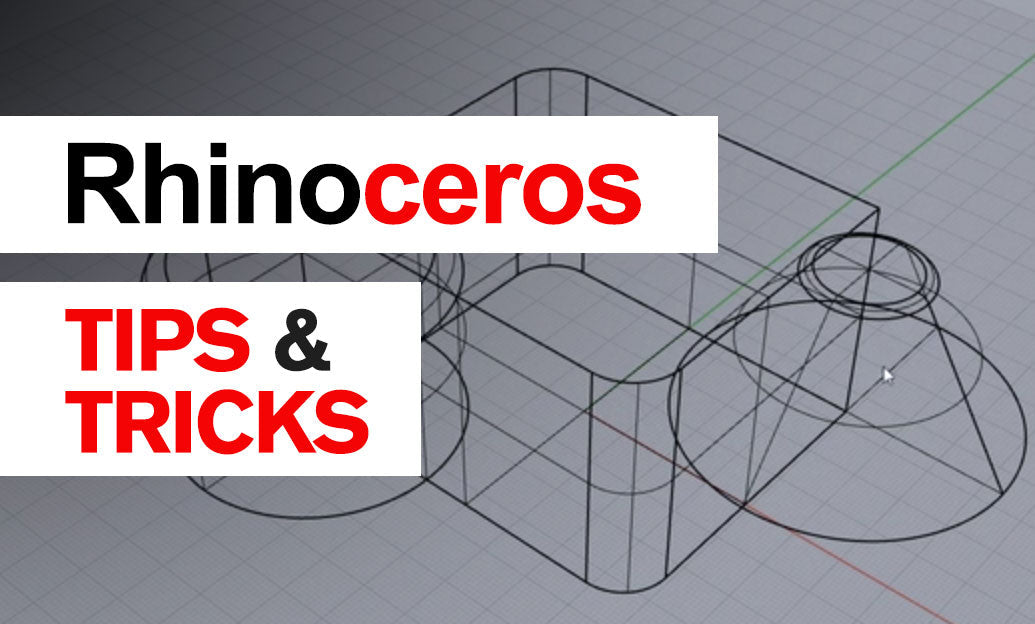Your Cart is Empty
Customer Testimonials
-
"Great customer service. The folks at Novedge were super helpful in navigating a somewhat complicated order including software upgrades and serial numbers in various stages of inactivity. They were friendly and helpful throughout the process.."
Ruben Ruckmark
"Quick & very helpful. We have been using Novedge for years and are very happy with their quick service when we need to make a purchase and excellent support resolving any issues."
Will Woodson
"Scott is the best. He reminds me about subscriptions dates, guides me in the correct direction for updates. He always responds promptly to me. He is literally the reason I continue to work with Novedge and will do so in the future."
Edward Mchugh
"Calvin Lok is “the man”. After my purchase of Sketchup 2021, he called me and provided step-by-step instructions to ease me through difficulties I was having with the setup of my new software."
Mike Borzage
V-Ray Tip: Maximizing Realism with V-Ray Volume Grid: Essential Tips for Crafting Smoke, Fire, and Atmospheric Effects
April 19, 2024 2 min read

V-Ray’s Volume Grid brings a powerful tool to your 3D artist's arsenal, enabling the creation of realistic smoke, fire, and other gaseous phenomena. Here are some essential tips to help you make the most out of V-Ray’s Volume Grid feature.
- Understand the Basics: Before diving into your first volumetric effect, spend some time understanding how the Volume Grid works. It simulates and renders volumetric effects by importing grid-based data from simulation software like Phoenix FD or Houdini.
- Importing Volume Grid Data: V-Ray can import .vdb files, a popular format for representing volumetric data. Ensure that your simulation is exported correctly from the respective software to ensure a seamless import process into V-Ray.
- Optimize Grid Resolution: Higher grid resolutions will yield more detailed simulations but can significantly increase render times and memory usage. Find a balance between resolution and performance, especially when rendering animations.
- Apply Shaders: Utilize V-Ray's Volume Grid shader to adjust the appearance of your volumetric effect. This shader allows you to control absorption, scattering, and emission parameters to fine-tune the look of smoke, fire, and other effects.
- Lighting and Shadowing: Proper lighting is crucial for realism. V-Ray’s Volume Grid can self-shadow and cast shadows onto other objects, enhancing the depth and believability of the scene.
- Use Multiple Grids: For complex scenes with different types of volumetric effects, consider using multiple Volume Grids. This allows for more control and variation in your simulations.
- Rendering Options: Explore rendering options like 'Deep Rendering' for compositing volumetrics in post-production and 'Direct Volume Rendering' for faster feedback during the look development stage.
- Optimize for Animation: When animating volumetric effects, ensure consistent lighting and camera movement between frames. Subtle changes can cause flickering or other undesirable artifacts in the final animation.
- Post-Processing: Leverage V-Ray’s extensive post-processing tools such as the V-Ray Frame Buffer to enhance and fine-tune your volumetric effects without the need for external compositing software.
- Explore Presets: For beginners, V-Ray provides presets for various volumetric effects. These can serve as excellent starting points or learning tools to understand how different parameters affect the Volume Grid.
Mastering V-Ray’s Volume Grid can be a game-changer for creating engaging and dynamic visual effects. For more advanced tips and personalized advice, consider reaching out to experienced retailers like NOVEDGE, who can provide professional guidance and resources to enhance your V-Ray skills.
```You can find all the V-Ray products on the NOVEDGE web site at this page.
Also in Design News

Bluebeam Tip: Maximize PDF Security and Efficiency with Bluebeam Revu's Flatten Tool
December 02, 2024 1 min read
Read More
Design Software History: Evolution and Impact of Geometric Constraint Solving in CAD History
December 02, 2024 2 min read
Read More
Rhino 3D Tip: Enhancing Scale Modeling Accuracy in Rhino 3D: Essential Tips for Designers and Engineers
December 02, 2024 2 min read
Read MoreSubscribe
Sign up to get the latest on sales, new releases and more …


